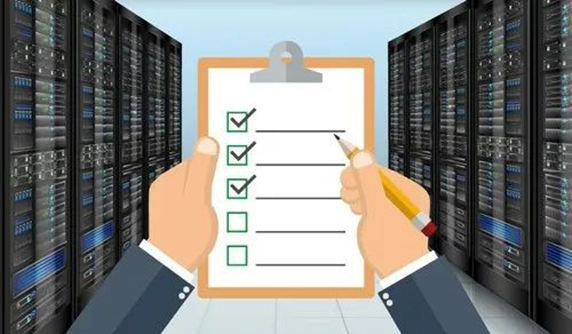Introduction to Services
IT system maintenance service is an important service in maintaining and ensuring the stable operation of an organization or enterprise’s IT system. This service includes monitoring, maintaining, updating, and handling incidents related to IT components such as servers, networks, software, and databases.

Benefits of IT system maintenance service:
- Monitoring and supervision: The IT system maintenance service includes monitoring the activities of system components such as servers, networks, and applications. Through this supervision, administrators can detect potential issues and hidden problems before they cause significant consequences.
- Updates and security: This service ensures that software and devices in the system are always updated with the latest features and security measures. These updates help protect the system from security vulnerabilities and provide new functionalities while ensuring system stability and performance.
- Incident and malfunction handling: When an incident occurs, the IT system maintenance service will intervene to quickly and effectively resolve the issue. Incident handling includes fixing software errors and replacing faulty hardware.
- Performance optimization: This service helps optimize system performance by implementing adjustments and fine-tuning. This ensures that the system operates at its best and meets user requirements.
- Forecasting and planning: The IT system maintenance service can predict potential issues and propose plans to address them before they cause any incidents.
- Time and resource savings: By outsourcing maintenance tasks to a professional service, organizations can save time and resources, focusing on their core activities.
- Increased availability: Maintenance services help increase system availability, ensuring that it is always ready to operate and serve users continuously.
Steps to perform IT system maintenance:
- Define maintenance objectives: Clearly define the objectives and scope of the maintenance process.
- Develop a maintenance plan: Create a detailed plan on how to carry out the maintenance.
- Backup and restore data: Before making any changes to the system, it is necessary to backup important data.
- Update and upgrade software: Perform software updates and upgrades to the system, such as the operating system, applications, and security software.
- Security Testing: Verify and evaluate the security measures of the system.
- Performance Testing: Ensure that the system operates at its optimal performance. Test and optimize resources such as memory, CPU, and storage to ensure smooth operation and good user responsiveness.
- Availability Testing: Ensure the availability of the system by testing and addressing issues related to hardware or network failures.
- Incident Handling and Regular Maintenance: Respond to incidents and network issues promptly. Perform regular maintenance to maintain system stability and security.
- Monitoring and evaluation: Continuously monitor the activities of the system and assess its security, performance, and availability.
- Create maintenance documentation: Record all maintenance, updates, configurations, and important information related to the system.


 Vi
Vi